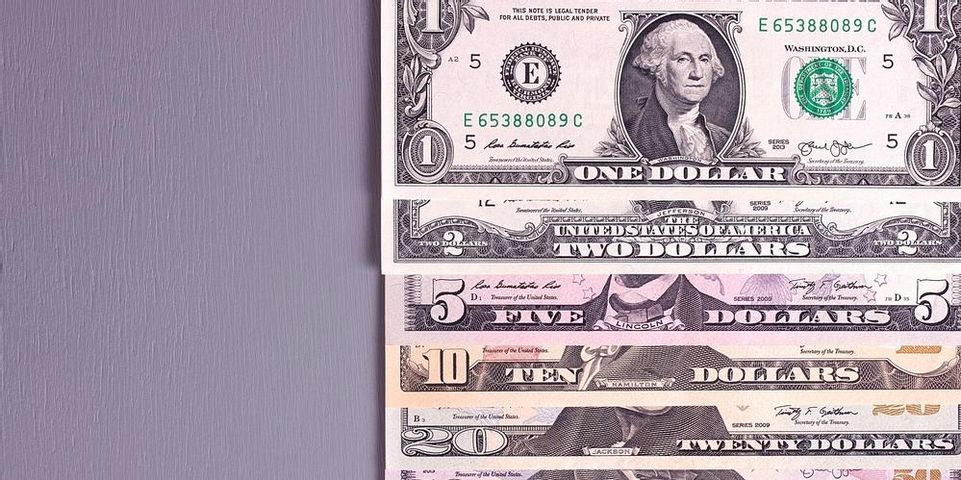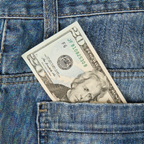
Whether you’re a coin collector or a typical consumer, you probably see currency as a constant in your day-to-day life. You hear about it on the news, talk about it with your loved ones, and use it almost every day. On a narrower scale, however, coins and bills change with each passing decade. As rare coin dealers, we at Coins Plus in Cincinnati, OH are attuned to these deviations and have outlined three, in particular.
Design With a Purpose
 America’s first paper money was issued on February 3, 1690, by the Massachusetts Bay Colony. They used the bills to pay for their efforts in King William’s War, thus setting an example for colonial leaders to follow during the revolution of 1775. Of course, the bills in your wallet right now look quite different from these ancestors. However, one might argue that there is also a stark contrast between today’s notes and those from 40 years ago.
America’s first paper money was issued on February 3, 1690, by the Massachusetts Bay Colony. They used the bills to pay for their efforts in King William’s War, thus setting an example for colonial leaders to follow during the revolution of 1775. Of course, the bills in your wallet right now look quite different from these ancestors. However, one might argue that there is also a stark contrast between today’s notes and those from 40 years ago.
Over recent years, the United States Mint has made many stylistic changes to our paper currency. Namely, they’ve made them more colorful as well as intricate in hopes of deterring counterfeits. They have also added hidden security features, such as embedded security threads, watermarks, and optically variable ink. Though they serve a practical use, our rare coin dealers and fellow coin collectors agree these changes make the bills only more beautiful with each passing year.
Precious Metals Galore
Coins have had their fair share of modifications over the years also. Namely, their precious metal contents have changed. Cents, for example, were originally made of copper. But, thanks to rising copper prices, the United States Mint was forced to use zinc plated with a thin copper coating beginning in 1982.
Likewise, dimes, quarters, and half dollars were 90 percent silver until 1964. They changed to the copper clad and our rare coin experts can explain the values of those coins not only by metal content, but by rarity as well
Trading Faces
 Though American currency has already seen many variations in our country’s brief history, even more changes are soon to come. Just last month, the Treasury Department announced that Harriet Tubman would replace Andrew Jackson on the $20, though the exact date of their release is unknown. The agency also hopes to introduce redesigned $10 bills featuring famous suffragettes like Susan B. Anthony, Lucretia Mott, and Alice Paul by 2020, the 100th anniversary of the 19th amendment.
Though American currency has already seen many variations in our country’s brief history, even more changes are soon to come. Just last month, the Treasury Department announced that Harriet Tubman would replace Andrew Jackson on the $20, though the exact date of their release is unknown. The agency also hopes to introduce redesigned $10 bills featuring famous suffragettes like Susan B. Anthony, Lucretia Mott, and Alice Paul by 2020, the 100th anniversary of the 19th amendment.
Are you curious how else currency will change over the coming years? Visit Coins Plus online or like us on Facebook to stay up-to-date on the latest numismatic news. To schedule a coin appraisal or speak directly with a rare coin dealer, call us at (513) 621-1996.
Image Source: National Numismatic Collection at the Smithsonian Institution.
About the Business
Have a question? Ask the experts!
Send your question

